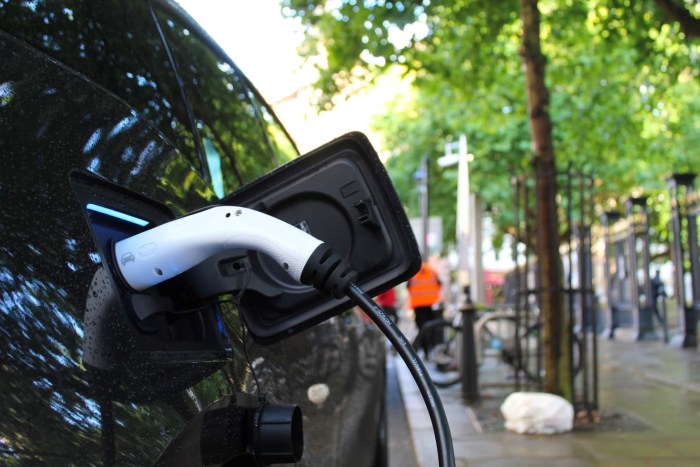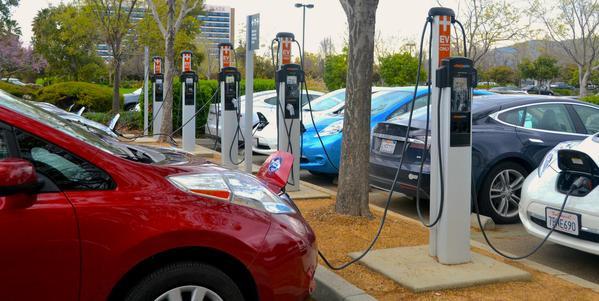The electric car revolution is reshaping the automotive industry, and comprehending your EV’s technology is now more vital than ever. Often underestimated, the Vehicle Identification Number (VIN) is a goldmine of information about your electric car. In this comprehensive article, we will delve into VIN decoding and explore how it can provide invaluable insights into the technology that powers your electric vehicle.
Decoding the Electric Car VIN
Decode VIN: Let’s start by demystifying the VIN, or Vehicle Identification Number. This unique 17-character code is your electric car’s digital fingerprint. Recent industry data reveals that electric vehicle sales surpassed over 2.5 million units worldwide in 2020, with projections of continued exponential growth. The VIN isn’t just a random assortment of letters and numbers; it’s a treasure trove of information about your EV’s origin, features, and tech specifications. Let’s take a deep dive into this fascinating code.
Revealing the Electric Car’s Origin
The initial three characters of your VIN unveil your car’s origin and manufacturer. For electric car enthusiasts, this section offers insights into the global reach of EV production. Each character signifies distinct information, such as the country of origin or the automaker’s identity.
Understanding the Electric Car’s Model and Features
Delving further into the VIN, you’ll uncover intricate details about your electric car’s model, trim level, and features. This is where decoding the VIN gets exciting for tech-savvy EV owners. By unraveling the code, you can pinpoint specific technologies and enhancements that come standard or as options in your electric car model.
Safety and Recall Information
Safety is paramount in the electric car world, and your VIN can provide valuable insights. Certain characters in your VIN may reveal safety features integrated into your vehicle’s design. Furthermore, automakers use VINs to monitor recalls and safety-related data. Recent data shows that electric cars boast lower accident rates compared to traditional vehicles. Deciphering your VIN helps you stay informed about recalls or safety concerns associated with your electric car.
Maintenance and Repairs
When it comes to maintaining and servicing your electric car, having accurate information about its technology is indispensable. Your VIN can offer clues about the compatibility of replacement parts and assist you in locating the right manuals and resources to ensure your EV remains in top-notch condition.
Customization and Modifications
Electric car enthusiasts often seek to customize or modify their vehicles to suit their specific needs or preferences. Your VIN can play a significant role in this process. It provides essential details about your EV’s original configuration, making it easier to identify compatible aftermarket upgrades or modifications.
Future-Proofing Your Electric Car
As technology in the electric car industry evolves rapidly, future-proofing your EV becomes crucial. Your VIN can give you insights into your vehicle’s compatibility with upcoming software updates or hardware improvements. Staying informed about potential upgrades can help you extend the lifespan of your electric car and enhance its performance.
Environmental Impact and Sustainability
Another aspect illuminated by your VIN is the environmental impact of your electric car. By decoding the VIN, you can access information related to the materials used in its construction, energy efficiency, and emissions ratings. This knowledge enables you to make more informed choices in line with your sustainability goals.
Vehicle History and Ownership
Beyond the technical aspects, a vehicle check can also reveal critical information about the car’s history and ownership. It may include details about previous owners, service records, and even whether the car has been involved in any significant incidents or accidents. This insight can be invaluable when buying a used electric car.
Conclusion
In the world of electric cars, knowledge is power, and your VIN is your key to unlocking a wealth of information about your vehicle’s technology. From its origin to safety features, maintenance needs, customization possibilities, environmental impact, future prospects, and even its history, decoding your VIN empowers you to make informed decisions and fully embrace the technological marvels of your electric ride.


















